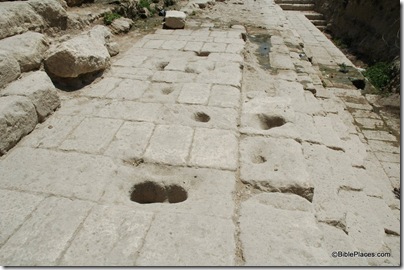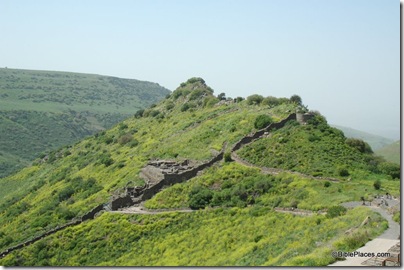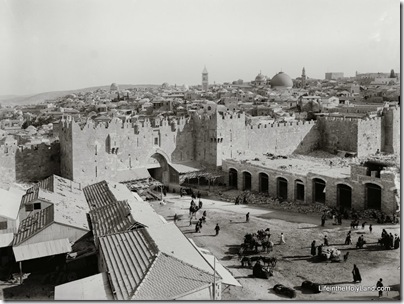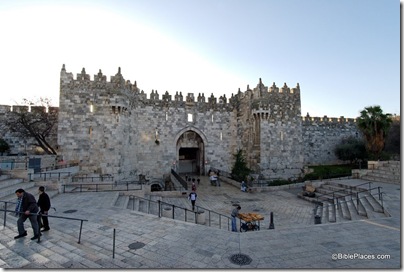For the first time in 30 years, the scaffolds have been taken down at the Parthenon of Athens. Take your photos before they return in September.
A “Brief Summary” of the 2009 Season at Tell es-Safi/Gath is now available online.
The recent fire at Gamla apparently did not harm the synagogue or any of the antiquities.
Researchers are using nondestructive evaluation (NDE) techniques on coins from 1st century Judea in order to more precisely establish their dates and place of origin. One discovery: copper apparently came from certain mines a century earlier than previously thought.
BAR has a look at the face of Herod Philip from a rare coin (Luke 3:1).
Der Spiegel has a fascinating profile of Zahi Hawass, “Secretary General of the Supreme Council of
Antiquities” of Egypt. (Compare that title with the “Director of the Israel Antiquities Authority” and you’ll be prepared for some of the pomposity related in the story.)
The Jerusalem Post features a travel article on Acre (Acco, Ptolemais).
The Italian professor who originated the theory that Har Karkom in Israel is the true Mount Sinai now claims that his view will soon be adopted by the Vatican. Anati’s arguments are summarized here.
Apart from the potential acceptance by the Vatican, I am not aware of any scholars who agree with
Anati’s proposal. Among the problems: he has to date the book of Exodus to 1,000 years earlier than the Bible indicates (cf. 1 Kings 6:1). Among the pluses: his Mt. Sinai is a shorter drive from Tel
Aviv.
The current issue of World Archaeology is devoted to “Turkey’s Treasures.” Myra gets a lengthy article (cf. Acts 27:5), Perge gets one page, and Laodicea and Ephesus are also featured. Arycanda reminds me of Termessos, both stunning sites located in the scenic mountains of southern Turkey.
The magazine article is currently available for viewing online, with many beautiful photographs. It reminds me why I consider Turkey to be one of the most picturesque and interesting countries I have visited.
I am sometimes asked how I get photos of biblical sites without swarms of people. I have a few tricks. One is to be the group leader so you are first on the scene. Another is to go in February when few tourists are visiting. If you have Photoshop and a tripod, there’s another ingenious way.
HT: Biblicalist, Dr. Mariottini, Paleojudaica, Explorator, Joe Lauer



